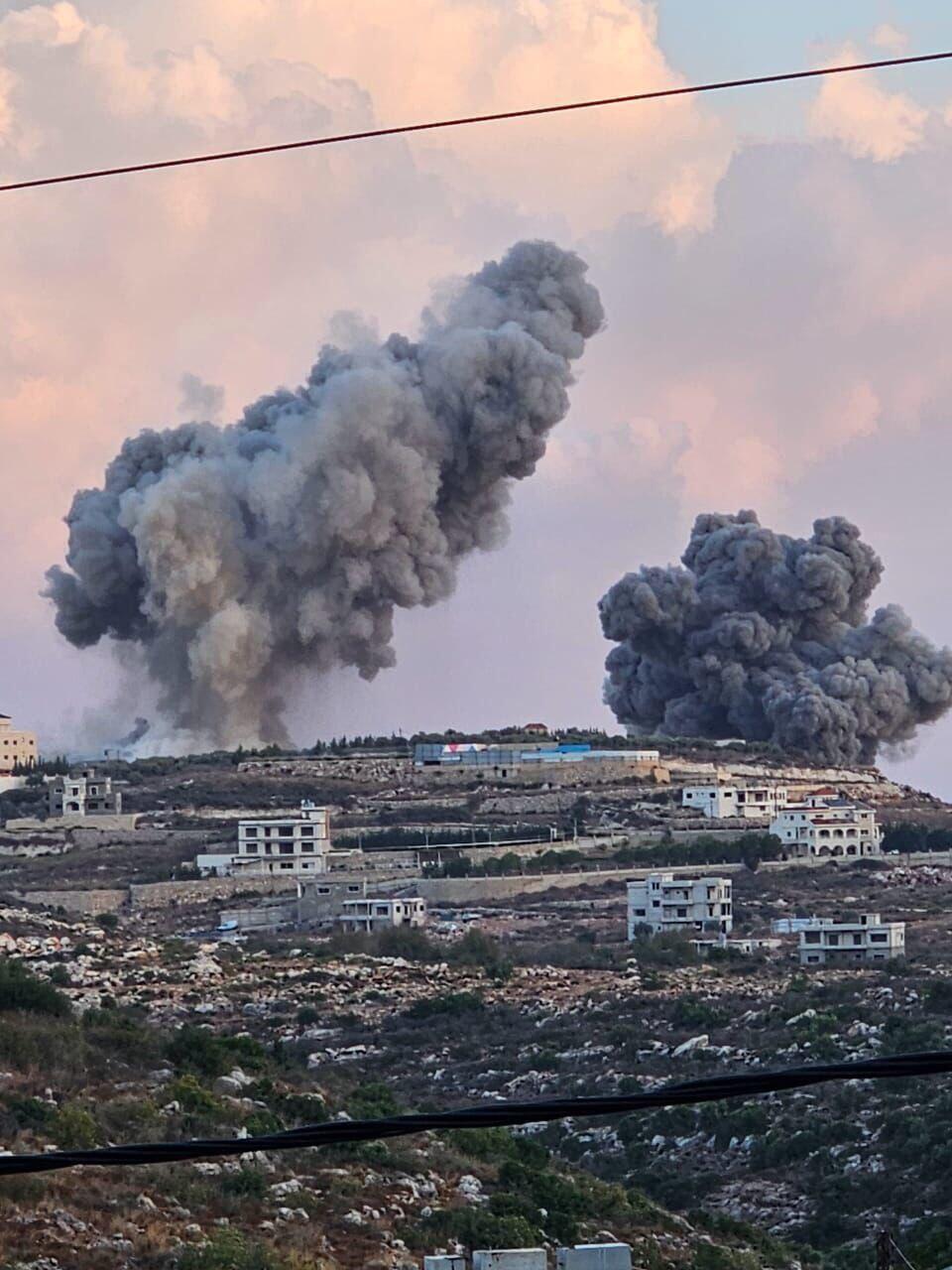Getting your Trinity Audio player ready...
Nearly a decade ago, Hezbollah embarked on a covert and innovative military initiative. The group extended an offer to Shia villages and residents in southern Lebanon: provide a room in their homes in exchange for a steady rental payment. However, this unique tenant is not a person – it is a relatively long-range missile equipped with a heavy warhead.
Stored on a launcher, the missile is ready to be deployed from a room adjacent to the hosting family's home. The design includes a roof that can be quickly removed, allowing the missile to be raised and launched within minutes. The families accommodating these missiles serve both as human shields and as camouflage.
IDF strike on cruise missile's location
(IDF Spokesperson's Unit)
Hezbollah targeted impoverished Shia families living in villages around Tyre, Sidon, and even south of Beirut, who were in need of additional income. Over time, the project has expanded. Hezbollah even purchased plots and constructed homes specifically for this purpose, offering them free or at a nominal rent to Shia families willing to house medium-range missiles in a dedicated room. Some of these missiles are intended to reach central Israel. Hundreds of these missiles are stationed in areas south of Beirut, ready to be launched by Hezbollah operatives from special units.
To date, Hezbollah has not deployed these missiles, reserving them for a critical phase in its conflict with Israel, where it aims to surprise the Israeli home front, including the central region, and target military and civilian infrastructure without warning. Hezbollah believed Israel either lacked awareness of these missiles or could not accurately locate them.
The IDF refrained from targeting these missiles until now for three primary reasons:
1) To avoid widespread harm to Lebanese civilians, who, despite their involvement by agreeing to host Hezbollah's lethal tenants, are non-combatants.
2) Israel learned from its operations in Gaza that striking these missiles in the heart of Shia villages would result in civilian casualties and extensive destruction, providing Hezbollah with a propaganda tool to undermine Israel's legitimacy internationally.
3) These medium-range missiles carry heavy warheads, and attacking them previously would have provoked a strong response from Hezbollah, potentially escalating the conflict beyond the northern regions and the Galilee, where a war of attrition was actively taking place.
Now, IDF has decided to take decisive action and is targeting these missiles after previously saying it is conducting a "preemptive psychological operation" to minimize the damage of airstrikes within the villages. The objective is to encourage Shia villagers with missiles in or near their homes to evacuate, thereby avoiding harm when the missile-carrying rooms are attacked and destroyed. Unlike in Gaza, these villagers can return to their homes shortly after the strikes.
Through this approach, IDF aims to draw global attention to Hezbollah's tactics of using civilian homes, which should be non-combatant spaces, as human shields. This strategy seeks to mitigate potential criticism from the U.S. and Europe. Additionally, this preemptive psychological effort is directed at the Lebanese population, who would directly suffer from the conflict.







